Marshall – 1940s Legal thriller Based on a True Story about Thurgood Marshall
Thursday, October 19th, 2017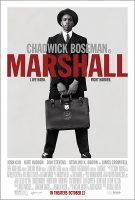 Young Thurgood Marshall faces one of his greatest challenges while working as a lawyer for the NAACP. Marshall travels to conservative Connecticut when wealthy socialite Eleanor Strubing accuses black chauffeur Joseph Spell of sexual assault and attempted murder. He soon teams up with Sam Friedman, a local Jewish lawyer who’s never handled a criminal case. Together, the two men build a defense while contending with racist and anti-Semitic views from those who deem Spell to be guilty. KIDS FIRST! Reviewer Juanita L. comments, “For me, this film brought back my experience as a young person who lived in Virginia and experienced the separate but equal in my education.” See her full review below.
Young Thurgood Marshall faces one of his greatest challenges while working as a lawyer for the NAACP. Marshall travels to conservative Connecticut when wealthy socialite Eleanor Strubing accuses black chauffeur Joseph Spell of sexual assault and attempted murder. He soon teams up with Sam Friedman, a local Jewish lawyer who’s never handled a criminal case. Together, the two men build a defense while contending with racist and anti-Semitic views from those who deem Spell to be guilty. KIDS FIRST! Reviewer Juanita L. comments, “For me, this film brought back my experience as a young person who lived in Virginia and experienced the separate but equal in my education.” See her full review below.
Marshall
By Juanita L., KIDS FIRST! Adult Juror
I enjoyed watching and experiencing Marshall. The 1940s legal thriller is the story about a dozen years before young Thurgood Marshall challenged segregation’s separate but equal premise in Brown v. Board of Education. For me, this film brought back my experience as a young person who lived in Virginia and experienced the separate but equal in my education.
Chadwick Boseman captures the essence of Thurgood Marshall’s spirit. He brings the confidence, intelligence, cockiness as well as the charm and humor of Thurgood. It is an exciting performance from Hollywood’s go-to-guy for playing important Black Americans.
There are many parts that I enjoyed. When Marshall meets Sam Friedman (Josh Gad), we see his cockiness from the moment he steps off the train in Bridgeport, CT., ordering his white co-counsel, Sam Friedman, to carry his bags. Another enjoyable scene is the Harlem night club with Marshall and his friends, Langston Hughes and Zora Neale Hurston.
The cinematography is outstanding. One scene when Marshall and Friedman are in the men’s room, it looks as if they are in the mirror together, however you can see them individually. With its excellent role models and strong messages about courage, teamwork and tolerance, this film is a great movie for teens and families. You can expect to see fist fights and beatings, with bloody wounds and bruises. There’s also a flashback to a suggested rape, with violent acts against a woman. There is a mild sex scene which includes kissing, however there is no nudity. Language includes several uses of the “N” word as well as “kike.” Characters drink alcohol and there is background smoking.
This film celebrates standing up and courageously risking your own safety to fight against popular opinion and against difficult odds. The movie is about tolerance in a way that’s more matter-of-fact than self-righteous. Characters work together in an effective way.
I recommend this film for ages 14 to 18 as well as adults and give it 5 out of 5 stars. Marshall opens Friday, October 13, 2017 in theaters across the country. Be entertained while learning about American history and a very powerful and influential man.
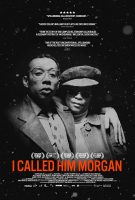 An exploration of the relationship between jazz trumpeter Lee Morgan and his common-law wife Helen, who was implicated in his murder in 1972. KIDS FIRST! Juror, Terry S. comments, “This haunting documentary about the life of a great jazz trumpeter Lee Morgan and his wife Helen is one I will not soon forget. ” See her full review below.
An exploration of the relationship between jazz trumpeter Lee Morgan and his common-law wife Helen, who was implicated in his murder in 1972. KIDS FIRST! Juror, Terry S. comments, “This haunting documentary about the life of a great jazz trumpeter Lee Morgan and his wife Helen is one I will not soon forget. ” See her full review below.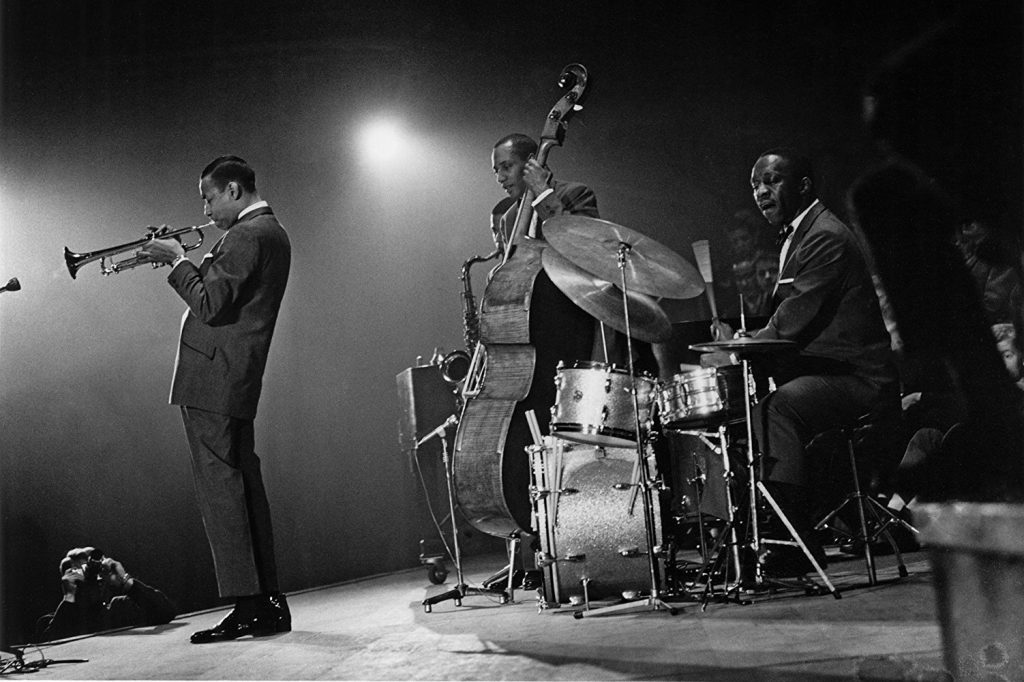
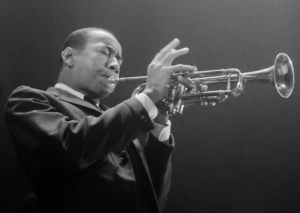 Lee had years of success playing not only clubs in the East but also on the West Coast. Some of my favorite parts of the documentary include footage on a TV show called “Soul”, where he dedicates a piece to the activist Angela Davis entitled “Angela”, and another TV show hosted by Steve Allen, a talk show host popular at the time. The other favorite part was with the jazz mobile workshop where he worked with young people on musical arrangements and gave them a chance to play and learn from him.
Lee had years of success playing not only clubs in the East but also on the West Coast. Some of my favorite parts of the documentary include footage on a TV show called “Soul”, where he dedicates a piece to the activist Angela Davis entitled “Angela”, and another TV show hosted by Steve Allen, a talk show host popular at the time. The other favorite part was with the jazz mobile workshop where he worked with young people on musical arrangements and gave them a chance to play and learn from him. 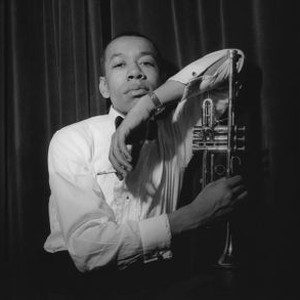
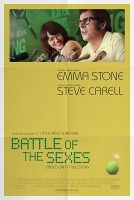 In the wake of the sexual revolution and the rise of the women’s movement, the 1973 tennis match between women’s world champion
In the wake of the sexual revolution and the rise of the women’s movement, the 1973 tennis match between women’s world champion 
